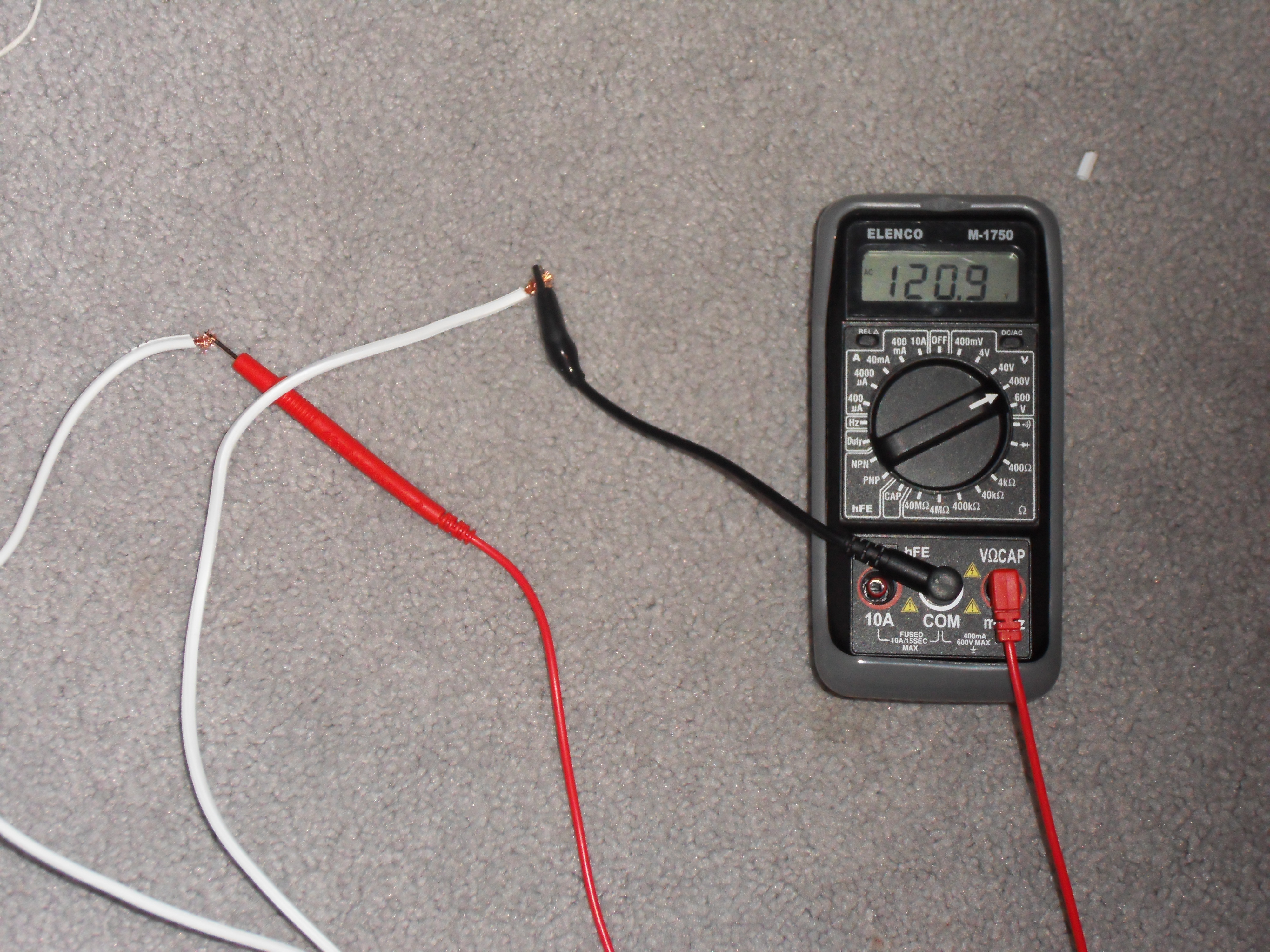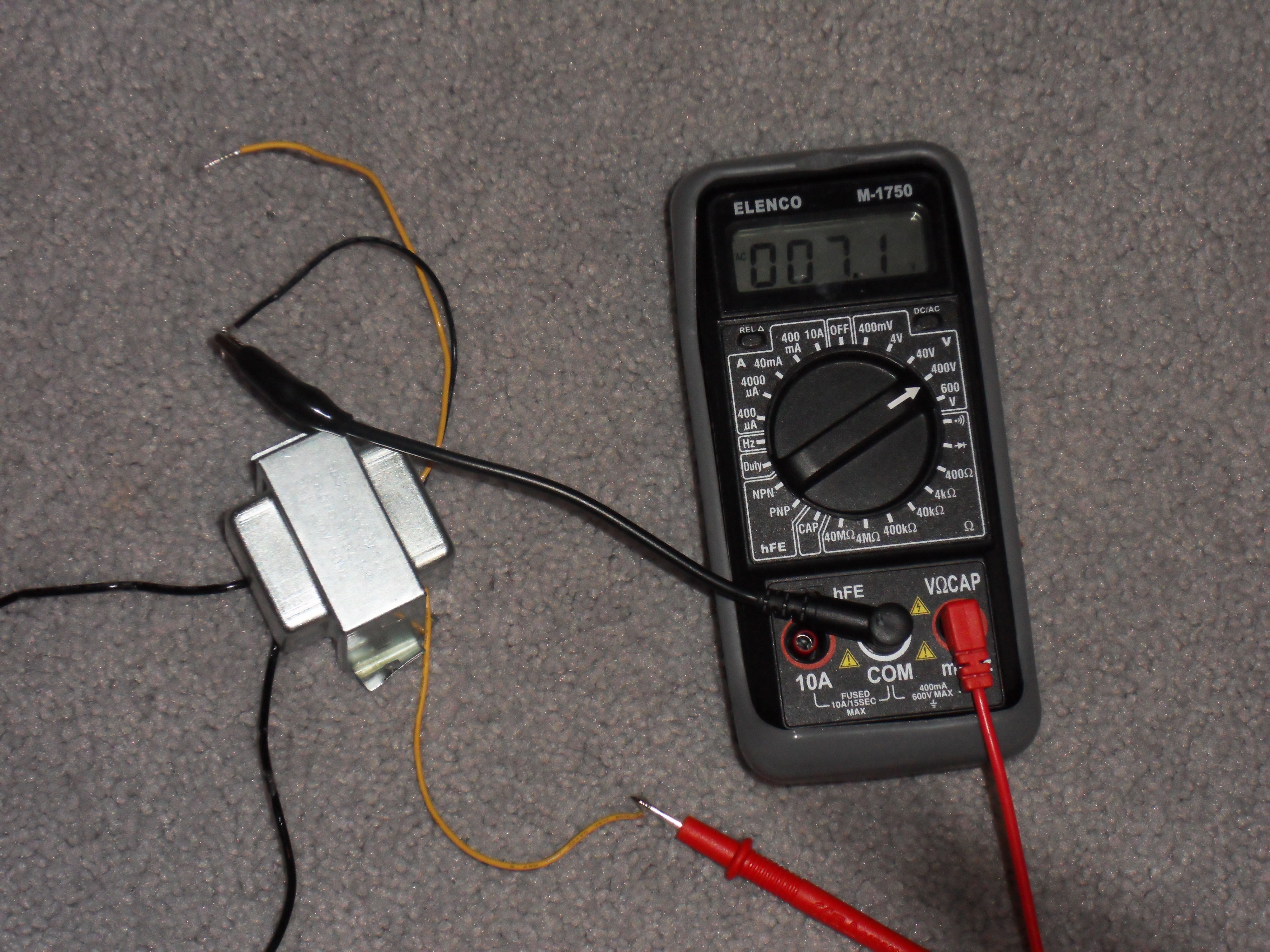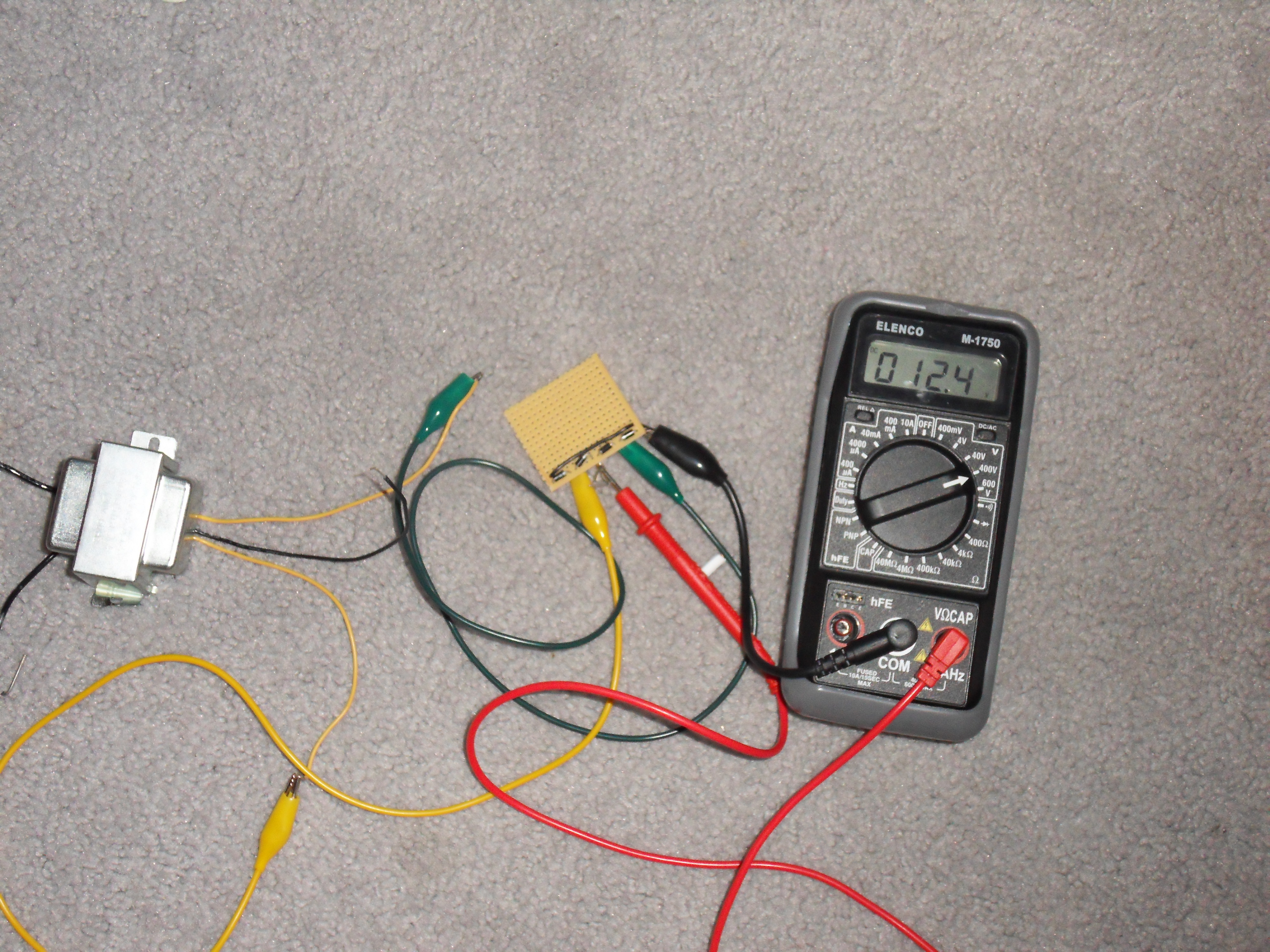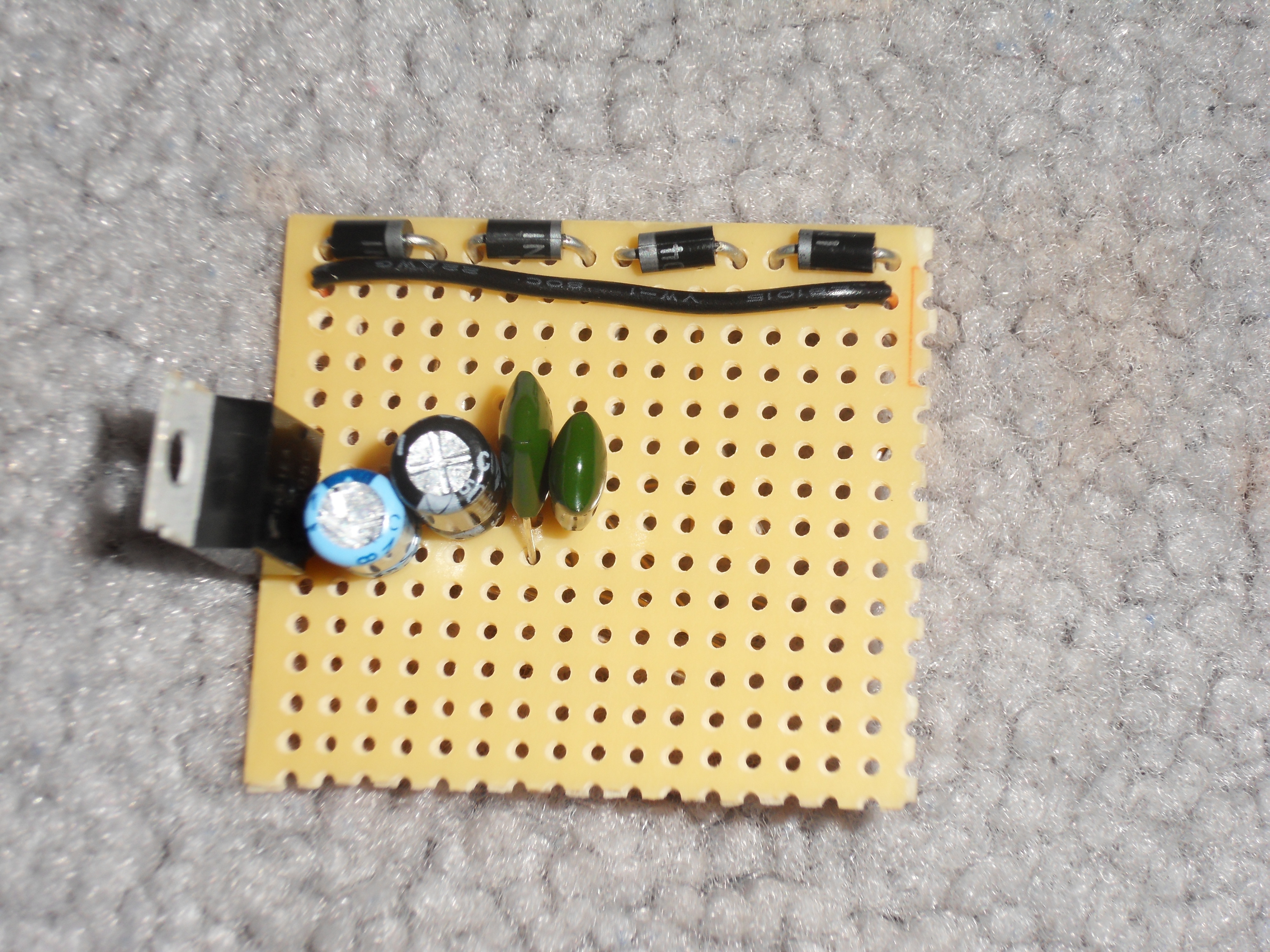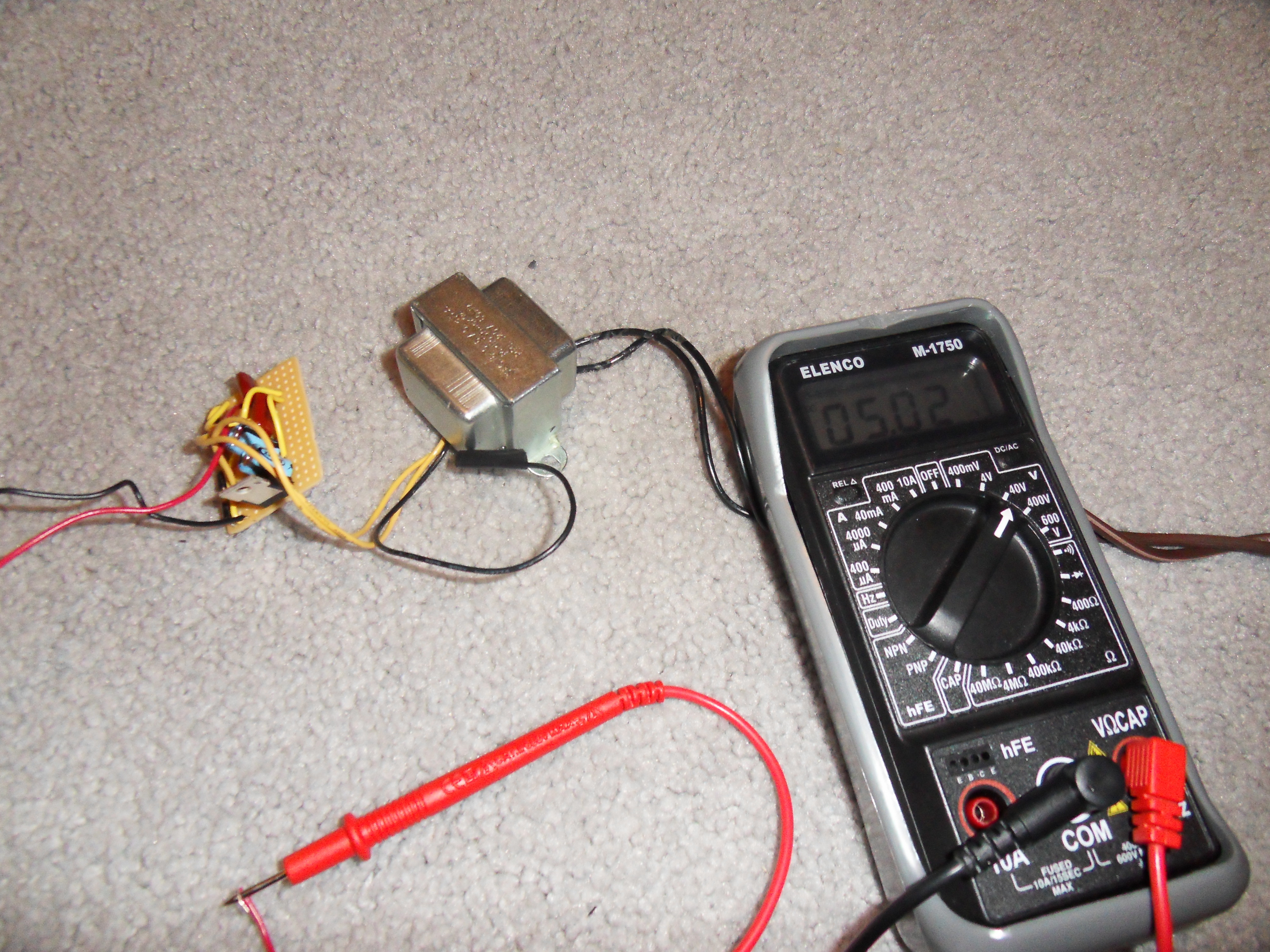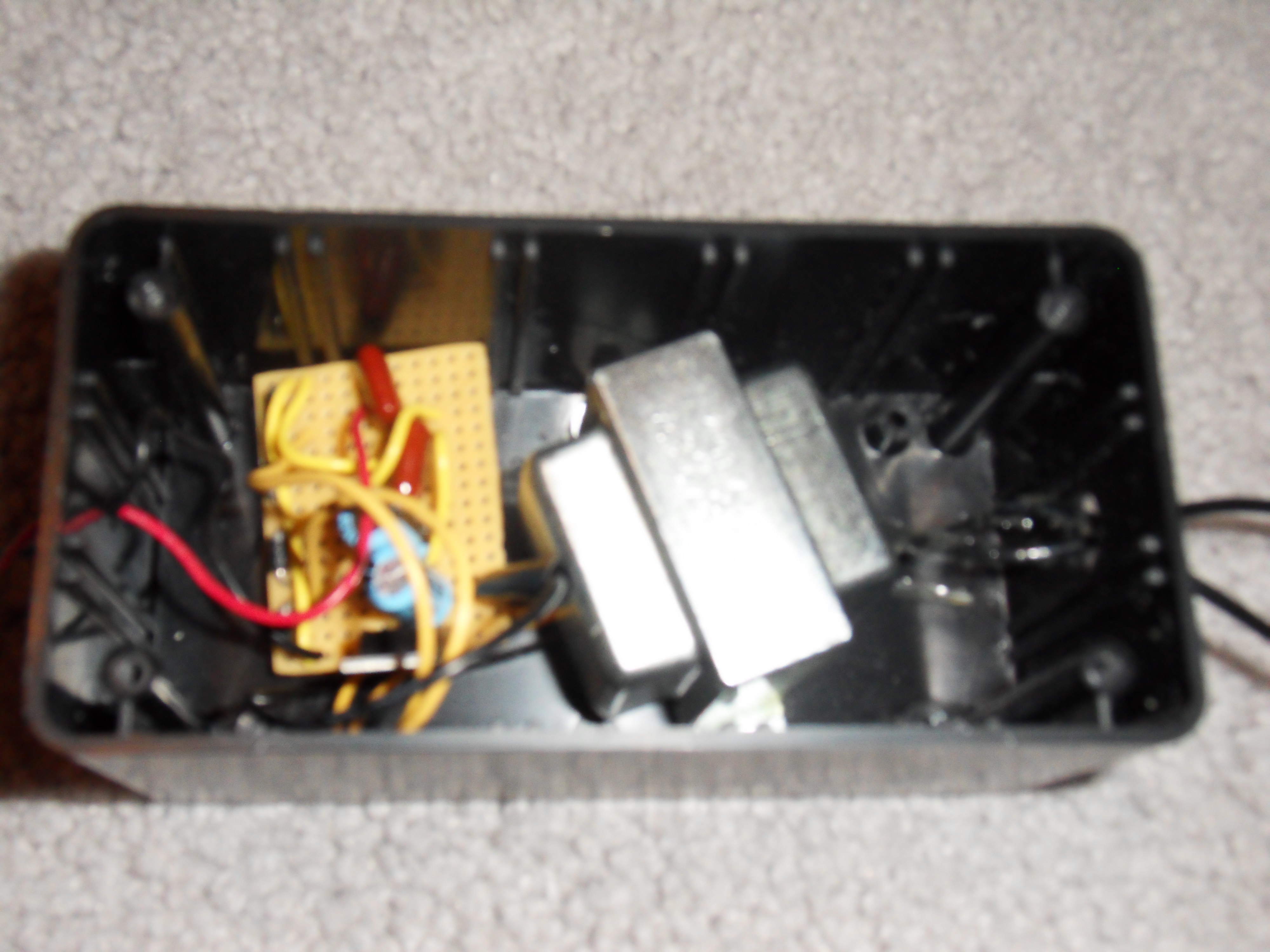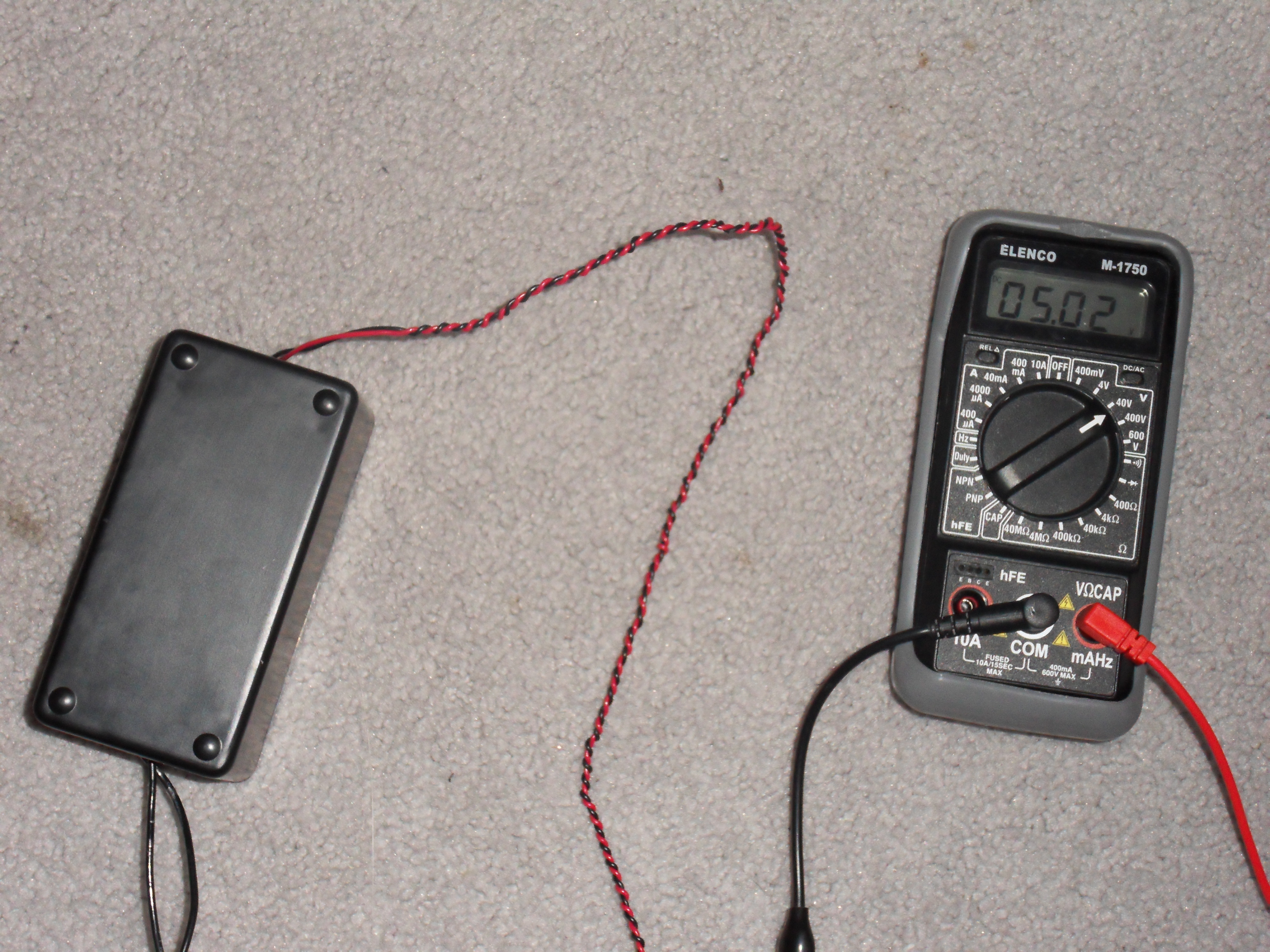I like to build a lot of circuitry, but the voltage regulators that most IC’s require get annoying when you have to keep on buying them and putting them into each board you want to power. This is a very simple little device that will take the voltage coming from a power outlet in your home and change it into a steady 5v, good enough to power even the most picky of circuits.
Projects from Make: Magazine
IC Wall Outlet Adapter
Obtain a steady 5 volts, good enough for MCUs, from any power outlet in your home.
